Adding a zone for an addition
ccfuss07
11 years ago
Related Stories

MOST POPULARWhat to Know About Adding a Deck
Want to increase your living space outside? Learn the requirements, costs and other considerations for building a deck
Full Story
KITCHEN APPLIANCESWhat to Consider When Adding a Range Hood
Get to know the types, styles and why you may want to skip a hood altogether
Full Story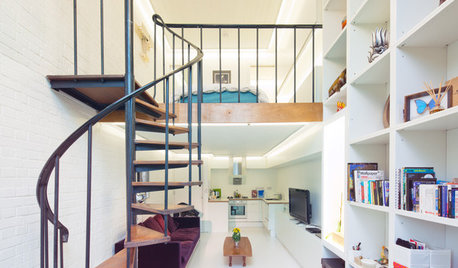
REMODELING GUIDESAsk an Architect: How Can I Carve Out a New Room Without Adding On?
When it comes to creating extra room, a mezzanine or loft level can be your best friend
Full Story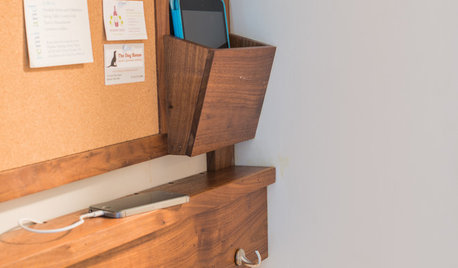
THE HARDWORKING HOMEA New Drop Zone Keeps the Clutter at Bay
The Hardworking Home: A clever wall-mounted station for keys, phones and more helps a family stay organized
Full Story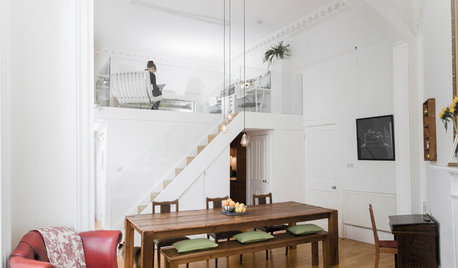
HOMES AROUND THE WORLDHouzz Tour: In Edinburgh, Adding a Bedroom Without Adding On
Creating a mezzanine, or loft level, gives this Scottish apartment extra sleeping quarters and a study
Full Story
MOST POPULARKitchen Evolution: Work Zones Replace the Triangle
Want maximum efficiency in your kitchen? Consider forgoing the old-fashioned triangle in favor of task-specific zones
Full Story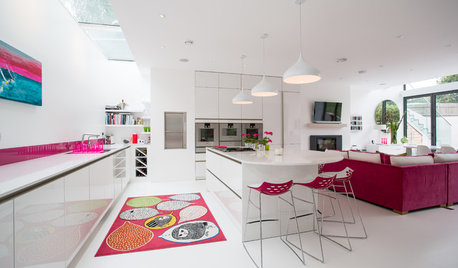
KITCHEN WORKBOOKNew Ways to Plan Your Kitchen’s Work Zones
The classic work triangle of range, fridge and sink is the best layout for kitchens, right? Not necessarily
Full Story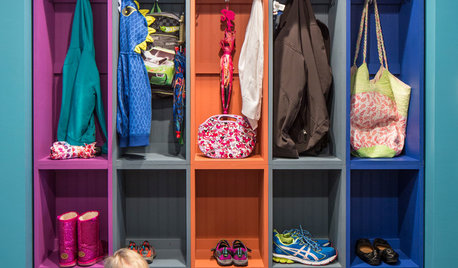
ENTRYWAYSTransition Zone: How to Create a Mudroom
Save your sanity by planning a well-organized area that draws the line between inside and out
Full Story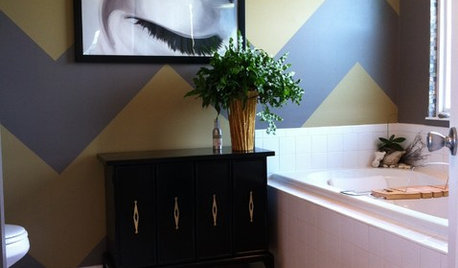
BATHROOM DESIGN7 Reasons to Give Your Bath Zone a Living Room Vibe
With a few living room–like touches, you can transform your bathroom into a practical, relaxing retreat that’s overflowing with personality
Full Story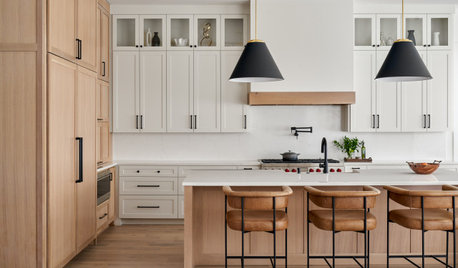
KITCHEN DESIGNStash It All: Know the 3 Zones of Kitchen Storage
Organize storage space around your kitchen’s main activities for easier cooking and flow
Full Story





tigerdunes
mike_home
Related Professionals
Alafaya Solar Energy Systems · Brooklyn Center Solar Energy Systems · Coto De Caza Solar Energy Systems · Half Moon Bay Solar Energy Systems · Mesquite Solar Energy Systems · Quincy Solar Energy Systems · Allendale Home Automation & Home Media · Bozeman Home Automation & Home Media · Hanover Home Automation & Home Media · Kissimmee Home Automation & Home Media · Olathe Home Automation & Home Media · Pasadena Home Automation & Home Media · San Bruno Home Automation & Home Media · Framingham Center Electricians · Crystal Lake Fireplacesccfuss07Original Author
mike_home
tigerdunes
ccfuss07Original Author
tigerdunes
ionized_gw